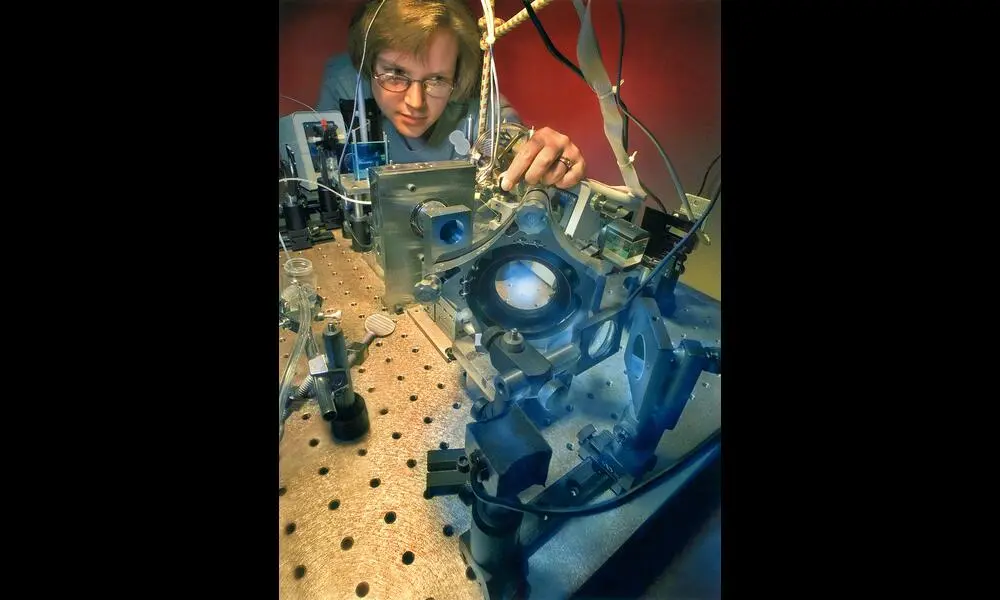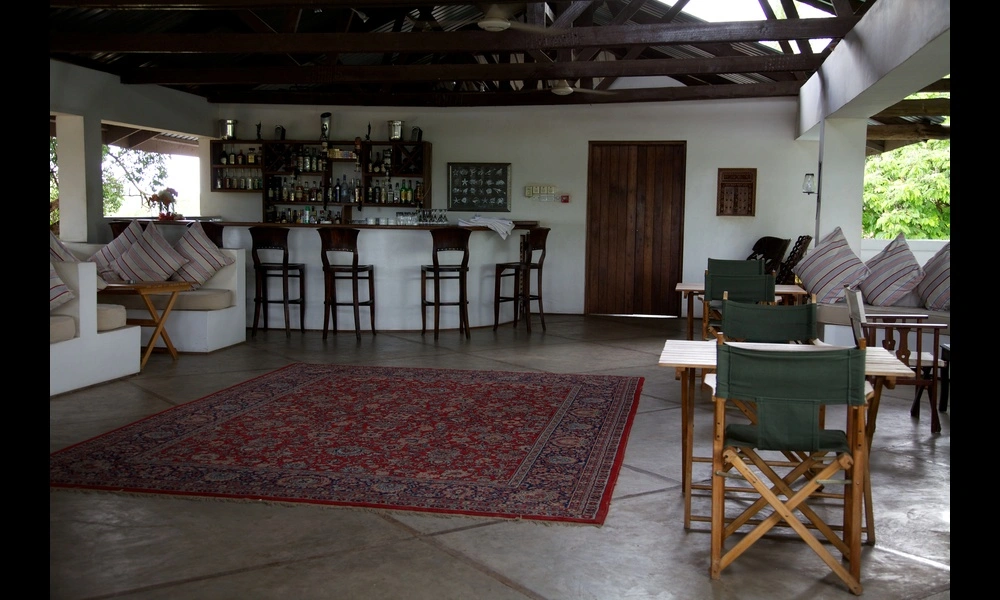Researchers Optimize Legs - Improvements for Walking Robots?
Published on Wed Jul 12 2023 "Legs Walking" sculpture by Kenneth Armitage | Chris Rycroft on Flickr
"Legs Walking" sculpture by Kenneth Armitage | Chris Rycroft on Flickr
New research has introduced a framework for modeling and analyzing the contact-switching behavior in legged locomotion. The researchers used the concept of geometric mechanics to study the dynamics of a toy robot model that can perform continuous limb swings and discrete contact switches. By extending the generalized Stokes' theorem, they were able to calculate discrete curvature functions called stratified panels, which represent the infinitesimal displacement strength in a hybrid shape-space. These stratified panels were then used to estimate the average motion over a gait cycle and optimize gaits based on locomotion constraints.
This research is valuable because it provides insights into how animals and robots achieve locomotion through contact-switching. The ability to model and analyze these interactions can help in the development of more efficient and optimized gaits for legged robots. It can also provide new insights into biological locomotion and potentially lead to advancements in the field of robotics.
The researchers demonstrated the scalability of their approach by modeling complex gaits spanning multiple contact states using a three-contact system. This shows the potential for applying their framework to multilegged systems. The use of stratified panels as a gait coordinate system allows for the reduction of high-dimensional complex gaits into lower-dimensional sub-gaits, making the approach more feasible for real-world applications.
While the current results are promising, the researchers envision several improvements and future directions for their work. They plan to extend their analysis to multilegged systems with different morphologies, such as animals with independently articulated legs. They also intend to generate optimal gait trajectories and evaluate them experimentally. Additionally, these models can be used to build efficient motion planners for miniature robotic systems and generate data-driven models of animal locomotion.
Overall, this research provides a novel framework for understanding and analyzing contact-switching behavior in legged locomotion. The insights gained from this study can have significant implications for the fields of robotics and biology, leading to advancements in both animal and robotic locomotion.



